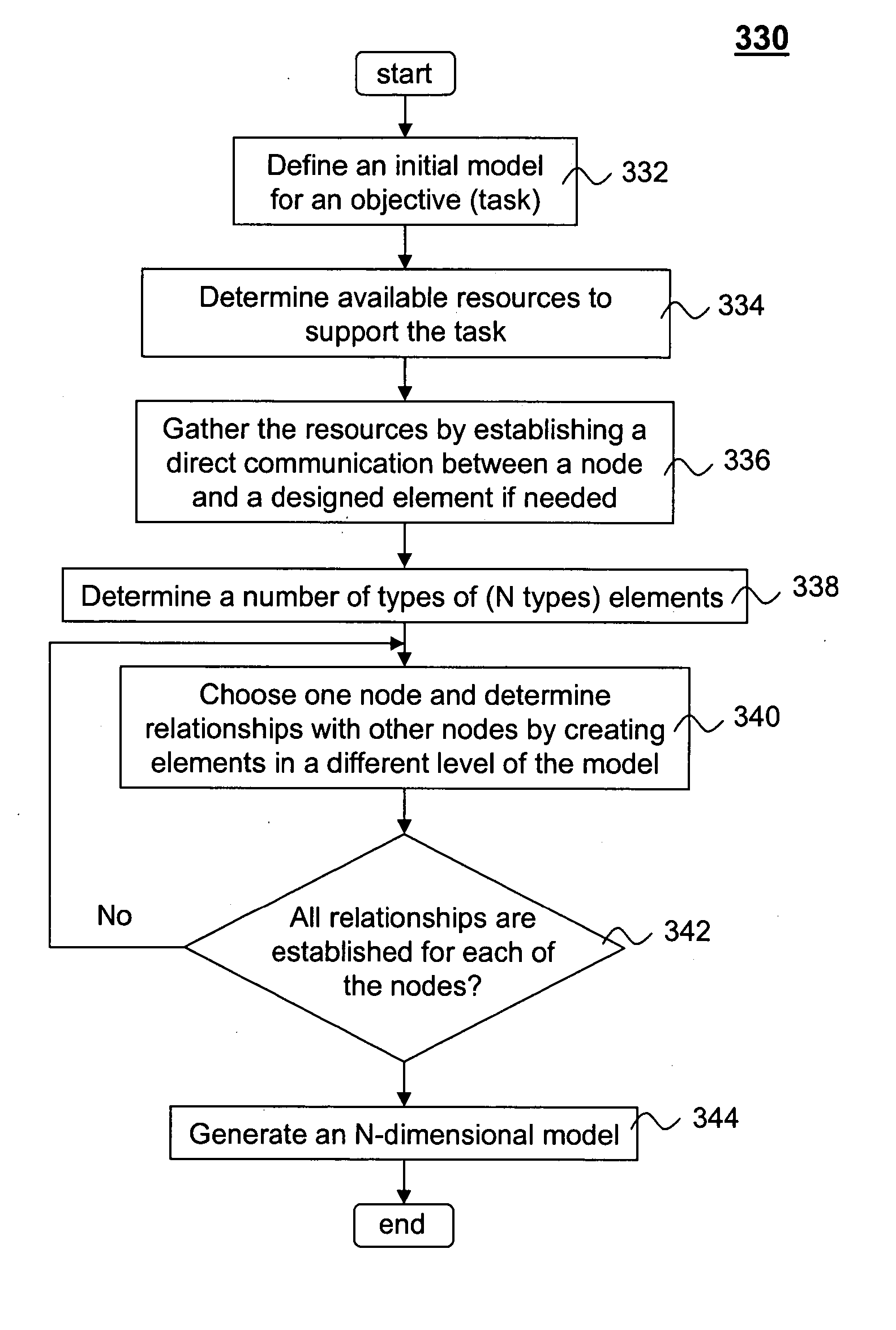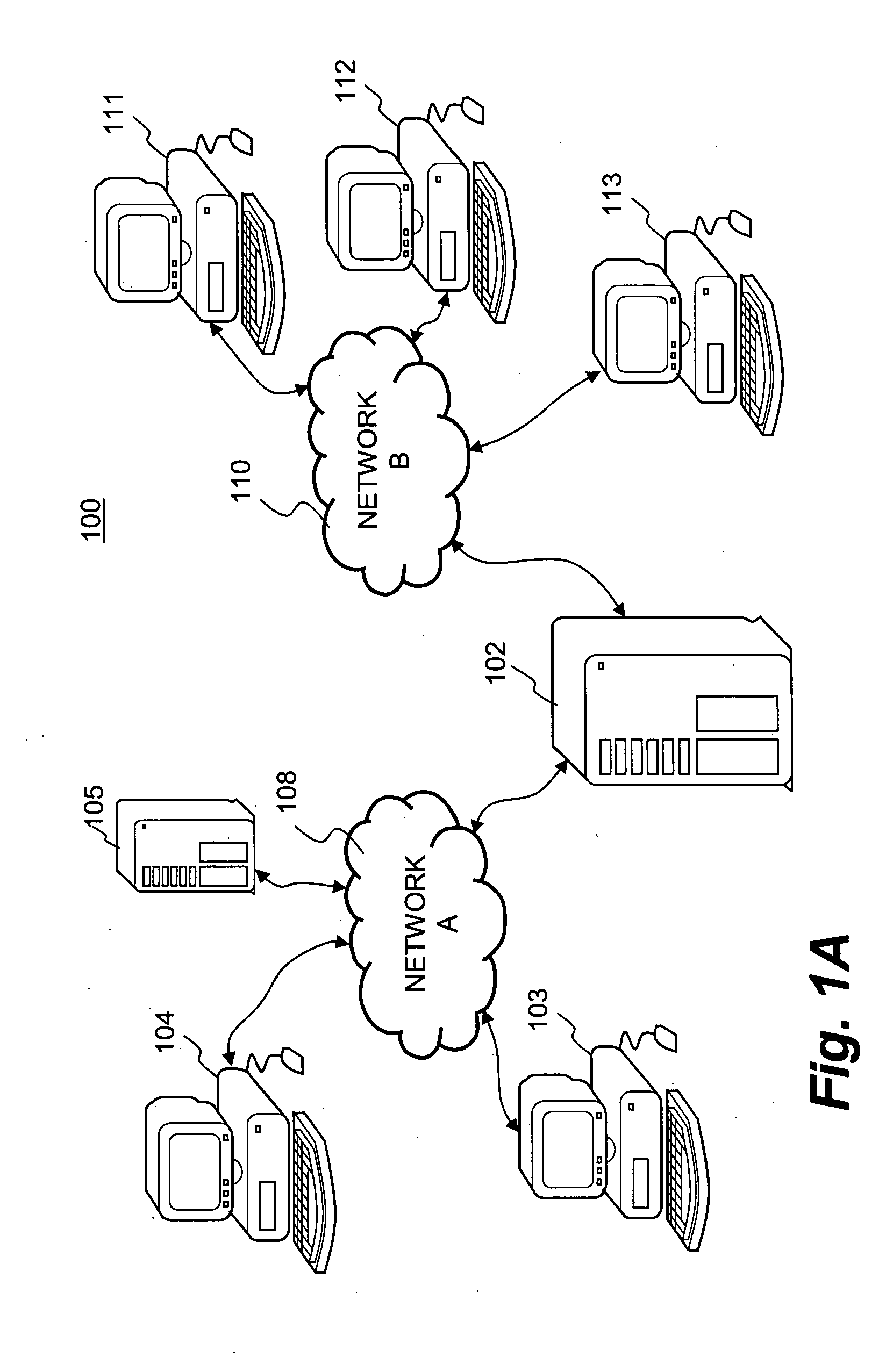Method and system for dynamically modeling resources
a dynamic modeling and resource technology, applied in the field of distributed systems, can solve the problems of a fractional number of resources being managed, a considerable complexities to utilize distributed resources over a network, such as the internet, and a tremendous pressure in the it environmen
- Summary
- Abstract
- Description
- Claims
- Application Information
AI Technical Summary
Benefits of technology
Problems solved by technology
Method used
Image
Examples
Embodiment Construction
The present invention is related to processes, systems, architectures and software products for modeling resources distributed across a network, communication means to support for modeling resources in a distributed and collaborative manner, providing a synchronized environment for producing products, and a collaborative platform for managing multiple resources for an application. According to some aspects of the present invention, a model is created as a collection of spaces or elements that at least one of the elements pertains to an instance of a resource or a relationship between or among resources being modeled. In one embodiment, a graphic environment is provided to facilitate the modeling process and the establishment of the relationships between the elements. In another embodiment, a command line interface (CLI) is provided to facilitate the modeling process and the establishment of the relationships between the elements. In one respective, the mechanism behind the graphic ...
PUM
 Login to View More
Login to View More Abstract
Description
Claims
Application Information
 Login to View More
Login to View More - R&D
- Intellectual Property
- Life Sciences
- Materials
- Tech Scout
- Unparalleled Data Quality
- Higher Quality Content
- 60% Fewer Hallucinations
Browse by: Latest US Patents, China's latest patents, Technical Efficacy Thesaurus, Application Domain, Technology Topic, Popular Technical Reports.
© 2025 PatSnap. All rights reserved.Legal|Privacy policy|Modern Slavery Act Transparency Statement|Sitemap|About US| Contact US: help@patsnap.com



